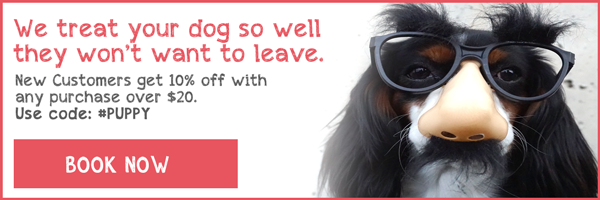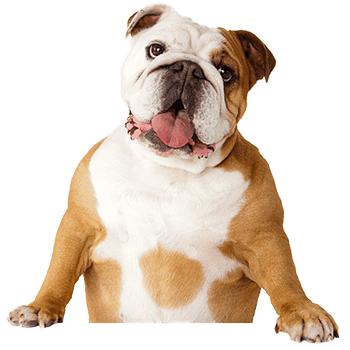Just like humans, dogs need a balanced diet and exercise regime to reach their peak; to feel and look their best; to enjoy good energy levels and stable moods.
With that in mind, we’ve put together a list of do’s and don’ts for pups and fully-grown dogs alike.
So, let’s get started.
Don’t: keep your pup on puppy food too long
Puppy food is higher in calories than normal adult fare, designed for a growing dog that needs plenty of sustenance!
Keep the puppy food in supply too long and you’ll start to see your dog gaining a lot of weight. A bowl with leftover food on it, or an expanding waistline, is a sure sign a dog has reached physical maturity and can start eating adult good.
Generally, once a dog is a year or older, they’re ready to make the transition.
Do: use puppy food
Puppy food isn’t just a fad. Young dogs have different nutritional requirements and weaker teeth and mouths. Puppy food is specially formulated for their requirements and you can trust in a good brand name. Again, after about a year, you’re going to need to switch over to adult food.
Don’t: ever give your dog chocolate
Dogs are highly allergic to chocolate, and even mass-produced white chocolate that’s more sugar than cocoa can be extremely dangerous.
Keep chocolate away from your dogs at all costs and call the vet immediately if you suspect they’ve consumed some.
Do: keep them well exercised
Dog obesity is more common than you might think; the result of high-calorie foods and owners that would rather keep their animal satiated with another helping than take them for a walk.
But dog weight is an important indicator of health, and you should always be able to “feel” the ribs, says Dr. Kristy Conn.
Don’t: buy poor-quality fare
Check the ingredients list any time you pick up a can or sachet of food. You want the first ingredient to be a meat, as the first ingredient is always the one most heavily featured in the meal. Avoid things that specify meat by-products. Also, steer clear of foods that specify “corn” or “wheat grain” first.
Do: buy local
Check where the food has been made. You might pay a little bit more for “Made in U.S.A” but it’s the best way to guarantee that the food you’re serving up on your dog’s plate is of a high quality.
Don’t: underfeed or overfeed your dog
Goes without saying, right?
So how often should you be putting food on your dog’s plate?
Well, a growing puppy is going to need to be fed more often. Four or even five times a day is a recommended average, though play it by ear to a certain extent as well.
An adult dog can be fed far less often. Twice a day, morning and evening are perfectly fine. The more you walk and exercise your dog the more food you’re going to be ladling on their plate. In any event, adult dogs will make it abundantly clear when they’re in need of a meal!
Do: keep a routine
One way to keep a dog happy is to let them know exactly when they’re going to eat.
And the best way to do this is to feed them at the same times every day. The more you stick to a routine the more you’ll keep them level-headed.
Keep doggy snacks throughout the day to a minimum, and reserve these for designated meal times. Of course, if they behave exceptionally well, an extra nibble isn’t going to hurt.


